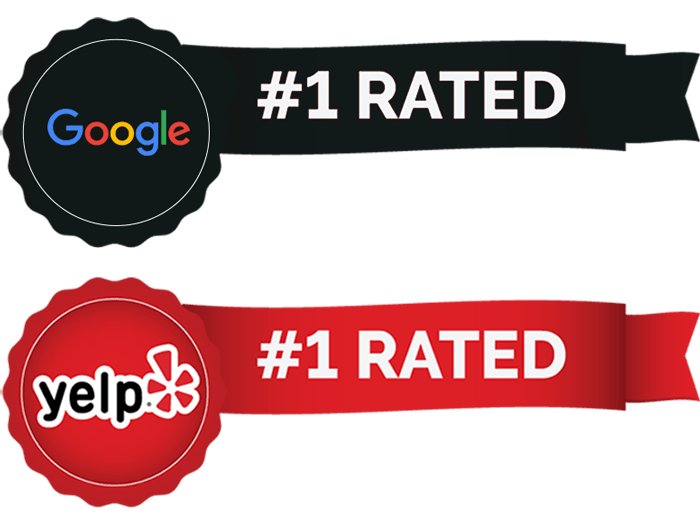Guillain-Barré syndrome

Physical Therapy for Guillain-Barré Syndrome – Information, Exercises, and More
Guillain-Barré syndrome can be debilitating. It may be the hardest thing you’ve had to endure in your life.
It takes a lot of time, determination, and patience to return to normal health after recovering from Guillain-Barré syndrome. Treatments like physical therapy can help you speed up and optimize your recovery.
Keep reading to learn how treatment options can help you overcome Guillain-Barré syndrome.
Contents
- What Is Guillain-Barré syndrome?
- What Causes Guillain-Barré syndrome?
- Guillain-Barré syndrome Symptoms
- Guillain-Barré syndrome Treatment
- Does Physical Therapy Help Guillain-Barré syndrome?
- Best Physical Therapy Exercises for Guillain-Barré syndrome
- How In Motion O.C. Can Help With Guillain-Barré syndrome
What Is Guillain-Barré Syndrome?
Guillain-Barré syndrome is an autoimmune disorder that is rapidly progressive and causes inflammation of the nerves in the body. This causes muscle weakness that can progress to complete paralysis.
Guillain-Barré syndrome is incredibly rare and typically affects 1-2 people out of a population of 100,000.
What Causes Guillain-Barré Syndrome?
There is no known cause of Guillain-Barré syndrome.
However, research indicates two-thirds of people suffering from Guillain-Barré syndrome begin showing symptoms after recovering from:
- Bacterial infections
- Viral infections; or
- Immunizations
Guillain-Barré Syndrome Symptoms
Due to the progressive nature of Guillain-Barré syndrome, symptoms often start as a tingling feeling in the feet that leads to weakness. These sensations spread up the legs, upper body, and arms. Some sufferers first notice tingling and weakness in the arms or face.
Over time, muscle weakness progresses into paralysis.
Some symptoms one may experience with Guillain-Barré syndrome include:
- Tingling in the fingers, toes, ankles, or wrists
- Weakness that begins in the legs and spreads throughout the body
- Loss of balance or complete inability to walk
- Difficulty moving the face
- Trouble speaking, chewing, or swallowing
- Inability to move the eyes
- Double vision
- Severe shooting, cramp-like pain
- Bladder and bowel dysfunction
- Rapid heart rate
- Difficulty breathing
- Low or high blood pressure
Those who suffer from Guillain-Barré syndrome usually experience heightened symptoms two weeks after initial symptoms begin.
If you are experiencing any of the symptoms listed above, it’s important to receive medical attention as soon as possible, as these symptoms can also be indicative of other ailments.
Guillain-Barré Syndrome Treatment
While there is no cure for Guillain-Barré syndrome, there are several treatments that can be administered to reduce the severity of the illness and speed up recovery.
Plasma Exchange (Plasmapheresis)
Plasmapheresis involves removing plasma from the body, so red blood cells can be separated and put back into the body. These blood cells will then produce more plasma to make up for the plasma that was removed.
This process helps remove certain antibodies from the body that could be attacking the peripheral nerves and causing damage.
Immunoglobulin Therapy
Immunoglobulin therapy involves intravenously administering immunoglobulin gathered from blood donors.
High doses of immunoglobulin contain healthy antibodies that can help block the damaging antibodies potentially contributing to Guillain-Barré syndrome.
Medication
Medication can relieve severe pain. Medication to prevent blood clots that can be caused by immobility is a necessity.
Physical Therapy
Physical therapy can be incorporated into treatment for Guillain-Barré syndrome before, during, and after recovery.
Below, we will discuss the benefits of physical therapy for Guillain-Barré syndrome in detail.
Does Physical Therapy Help Guillain-Barré Syndrome?
Physical therapy for Guillain-Barré syndrome can help in many ways, including:
- Improving comfort level and reducing pain
- Improving walking abilities through gait training, muscle strengthening exercises, and balance exercises
- Improving aerobic capacity and endurance
- Strengthening and restoring flexibility to tight, weak muscles
- Helping increase physical independence
- And more
Best Physical Therapy Exercises for Guillain-Barré Syndrome
There are many types of physical therapy exercises that can help aid in the recovery of Guillain-Barré syndrome. Below, we will go over the most common exercises.
Note: It is important to never attempt physical therapy exercises for Guillain-Barré syndrome without the guidance of a Doctor of Physical Therapy.
Range of Motion Exercises
Guillain-Barré syndrome can cause stiff joints and muscles that can restrict movement. Physical therapy exercises focused on regaining a normal range of motion can help.
At first, a physical therapist may begin by assisting you in performing “passive” motions in which the physical therapist moves your muscles and joints for you. Treatment will eventually progress into performing stretches and exercises you can do on your own.
Strengthening Exercises
A physical therapist will guide you in performing exercises that gradually help restore your strength and agility.
Gait Training
Recovering from paralysis associated with Guillain-Barré syndrome can be difficult. Re-gaining the ability to walk is a long process that requires patience and highly-trained guidance.
A physical therapist will create a gait training program to help you learn to walk with a mobility aid such as a walker or cane and eventually transition to walking on your own.
Balancing and Coordination Exercises
With Guillain-Barré syndrome, your balance and coordination become hindered. A physical therapist will help you perform specific exercises that can help you regain your balance and coordination, so you can restore your ability to perform daily activities on your own over time.
How In Motion O.C. Can Help With Guillain-Barré Syndrome
If you’re recovering from Guillain-Barré syndrome, you need a highly experienced physical therapist.
At In Motion O.C., our physical therapists are highly trained to provide treatment for any kind of ailment. That’s why our physical therapy clinic is rated #1 on Yelp and Google.
Along with creating a customized treatment plan that directly address your specific symptoms and struggles, our team emphasizes the importance of your treatment goals. Helping you get back to being independent and doing activities that you love safely is our highest priority.
In Motion O.C. has physical therapy clinics in Irvine, Fountain Valley, and Huntington Beach, California.
Click here to request a free screening and start your road to recovery today.
-1


